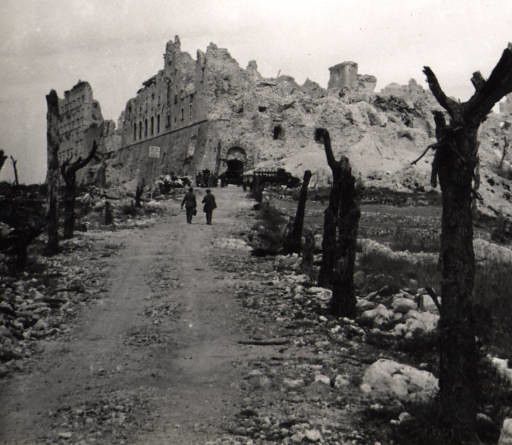Digital collection reflects World War II challenges and sacrifices
Special activities and a historic photo collection pay tribute to those who have served the U.S.

Veterans Day at SMUDALLAS (SMU) – SMU’s Maguire Center for Ethics and Public Responsibility will host a swinging, 1940s-themed Veterans Day celebration from 11:30 a.m. – 1 p.m. Friday, Nov. 11, in the Umphrey Lee Center’s Mack Ballroom. The event, which also celebrates the 75th anniversary of the USO, will feature a jazz band, swing dancers in 1940s-era costumes, a letter-writing campaign supporting deployed service men and women and a barbeque lunch, which is free and open to the public. The traditional pinning of SMU veterans will be included, as well as a free raffle, and toy drive. SMU student veterans will share their experiences as veterans and students and SMU President R. Gerald Turner will make remarks. Yellow lapel ribbons will be distributed to attendees who wish to show their support for American veterans. Please take a moment to RSVP by clicking here. 
“SMU is fortunate to have a legacy of public service,” says Rita Kirk, Maguire Ethics Center director and SMU MilVets student advisor. “On Veterans Day, we recognize those who have served in our military. We are both humbled and honored to celebrate those who made great sacrifices and those who stood ready.” The National Residence Hall Honorary group and Mustangs Actively Serving Heroes (MASH) will host the letter-writing campaign, which will allow attendees to write letters of appreciation and support to American soldiers deployed overseas. Members of the U.S. Marine Corps Reserve will be on-site to collect new and unwrapped toys for the Toys for Tots drive. The Terrell-based “Three Quarters Fast Jazz Band” will perform big band and swing music during the celebration. SMU students will honor veterans by tying yellow ribbons around the trees lining Bishop Blvd. # # # |

He filmed Hitler's underground bunker soon after Hitler's death and documented the horrors of the Dachau concentration camp after its liberation. His compelling images, a reminder of veterans' challenges and sacrifices, are available online as part of SMU Libraries' digital collections. (See sample from collection at bottom of the page.)
View Shaffer's 340 personal WWII images, descriptions and accounts of his 1943-45 experiences online. His original negatives and prints were donated to SMU in 2003 and are part of SMU Libraries' photography collection. Shaffer's military photographs are stored in the U.S. Army Archives in Washington, D.C.
Shaffer served from 1943 through 1945 in North Africa, France, Italy and Germany. As an Army medical photographer, he documented the medical history of the war, from the battlefield, to surgery, to the use of new medications like penicillin. But before Shaffer deployed he bought a second-hand Watson View Camera. The lens served as his window to the “other” home fronts of the war. The leathery feet of a North African storyteller, a young French woman frantically pedaling her bicycle through the invasion of southern France, the ruins of Nazi headquarters in Berlin and the 1945 eruption of Mt. Vesuvius are among the collection's images.
"The home front was not a phenomenon limited to the United States," Shaffer said. "While in North Africa, I developed a strong interest in the local populations going about their daily lives in the midst of war. It was these ways of life, and their adaptations and resistances to war, that I wanted to document for myself."
Shaffer arrived in Berlin May 16, 1945, for his final assignment only days after the surrender. He faced a gruesome task. In the last days of the war the Nazis flooded underground railroad tunnels to prevent advancing troops from using them to enter the city. Shaffer visually recorded the thousands of civilians who drowned.
"There are few photographs of Germany in my personal collection because I was numb, physically and emotionally exhausted . . . The photographs that I did manage to make, however, reveal something of the fact that even in Germany not everything was utterly destroyed - including the human instinct for survival," Shaffer said.
After Shaffer finished his military service he began a 37-year career in biomedical communications. His responsibilities including managing a library, which helped convince him that a library would provide the best permanent home for his photographs. He selected SMU because of his familiarity and respect for SMU Fondren Library's WWII documents digital collection.
The 92-year-old Shaffer is philosophical about the value of the photographs.
"At the time, it just seemed like the thing to do," he says. "But that is nearly always the case with photographers. You never really know why you take a picture, something just tells you to get on with it. Any event is just a fleeing moment in time – to be captured."
From the Melvin C. Shaffer World War II Photograph Collection at SMU
See the Shaffer digital collection at http://digitalcollections.smu.edu/all/cul/mcs/
